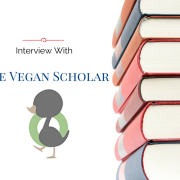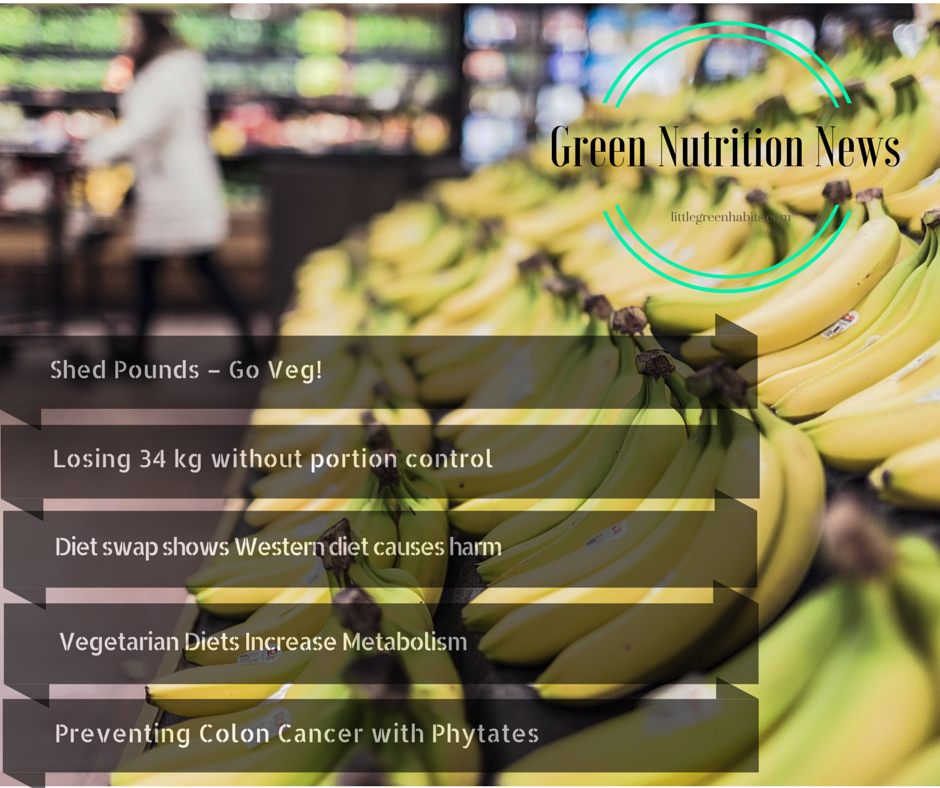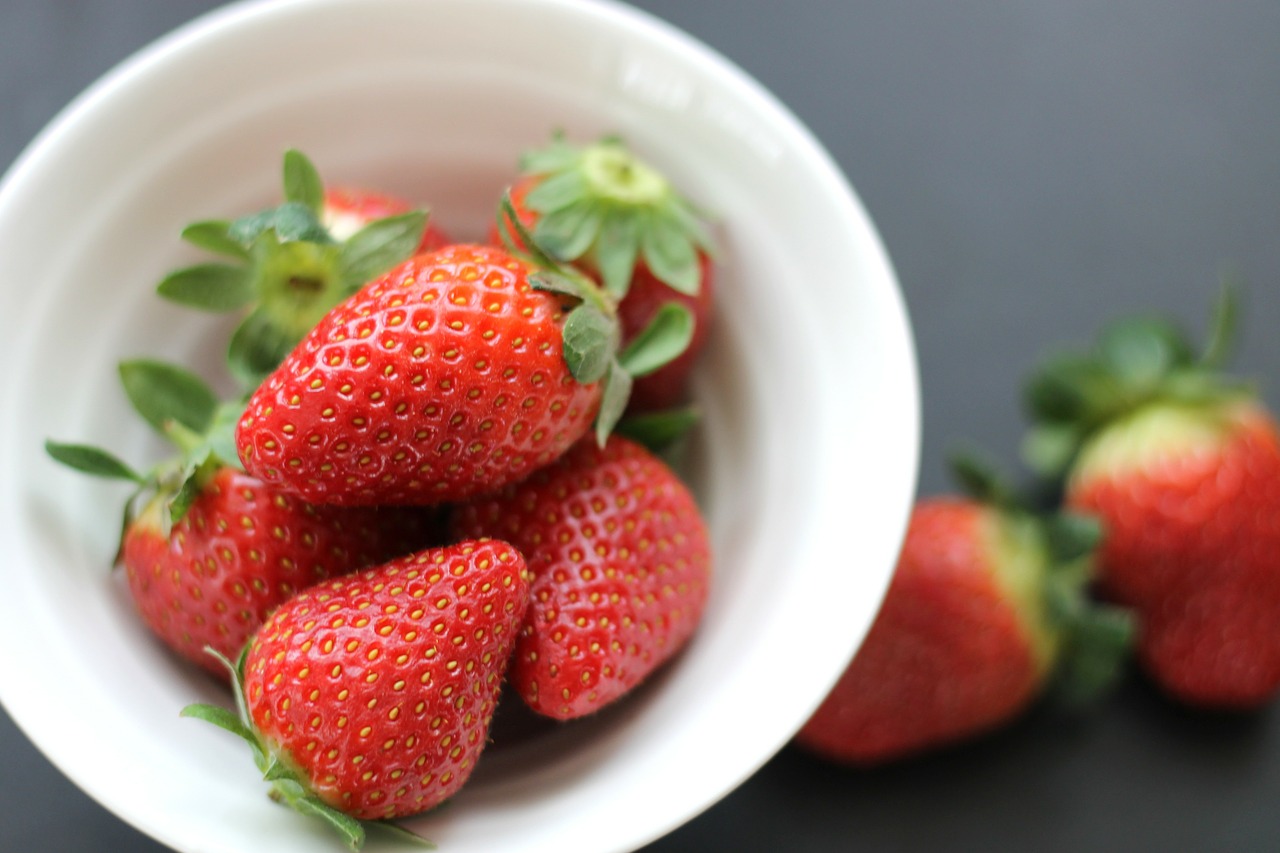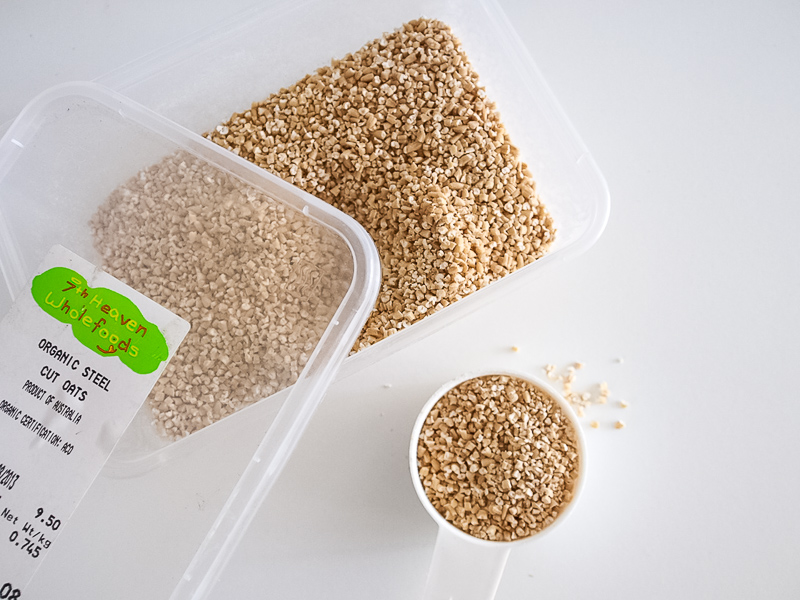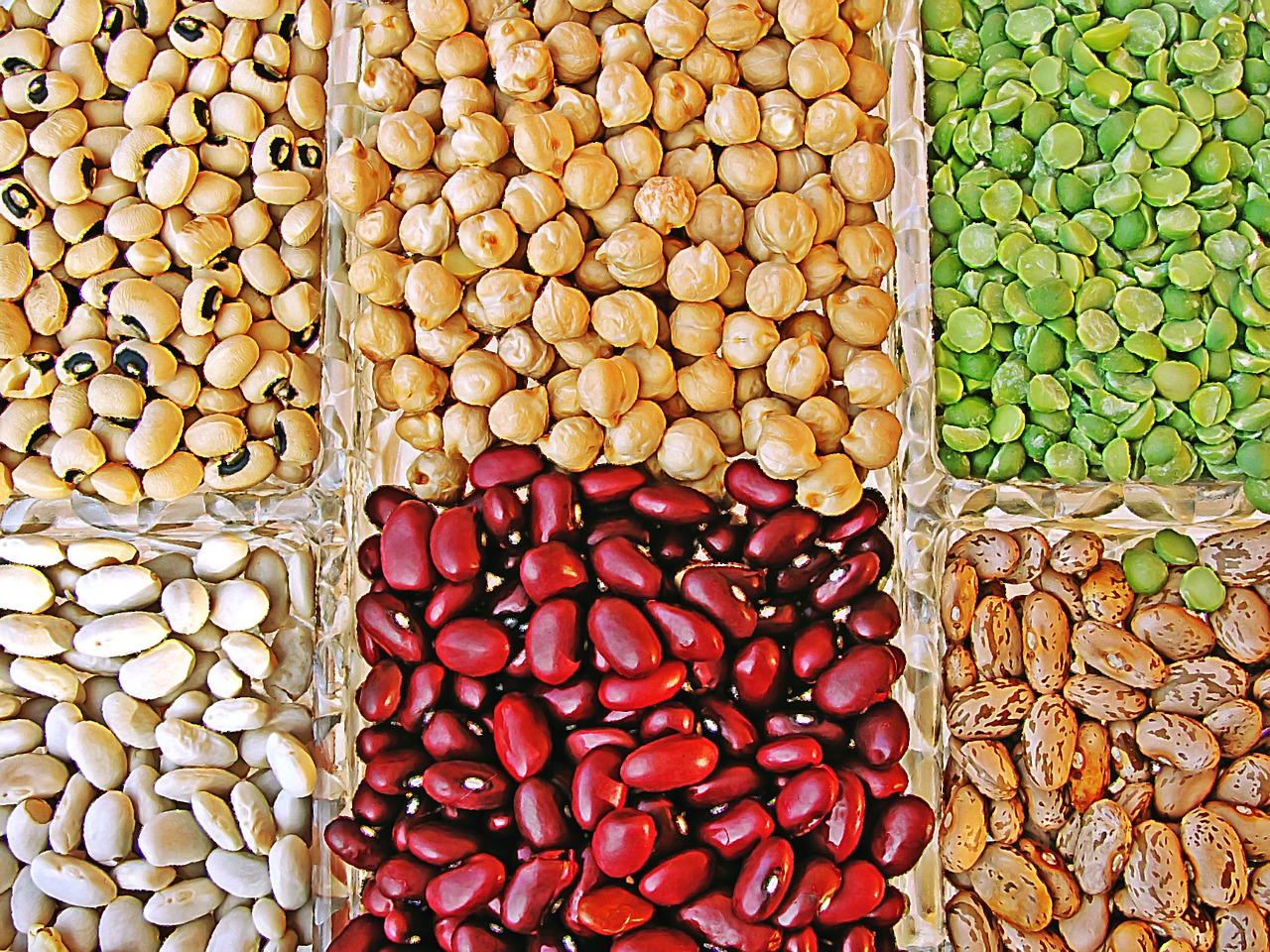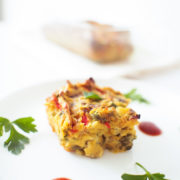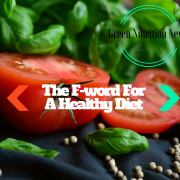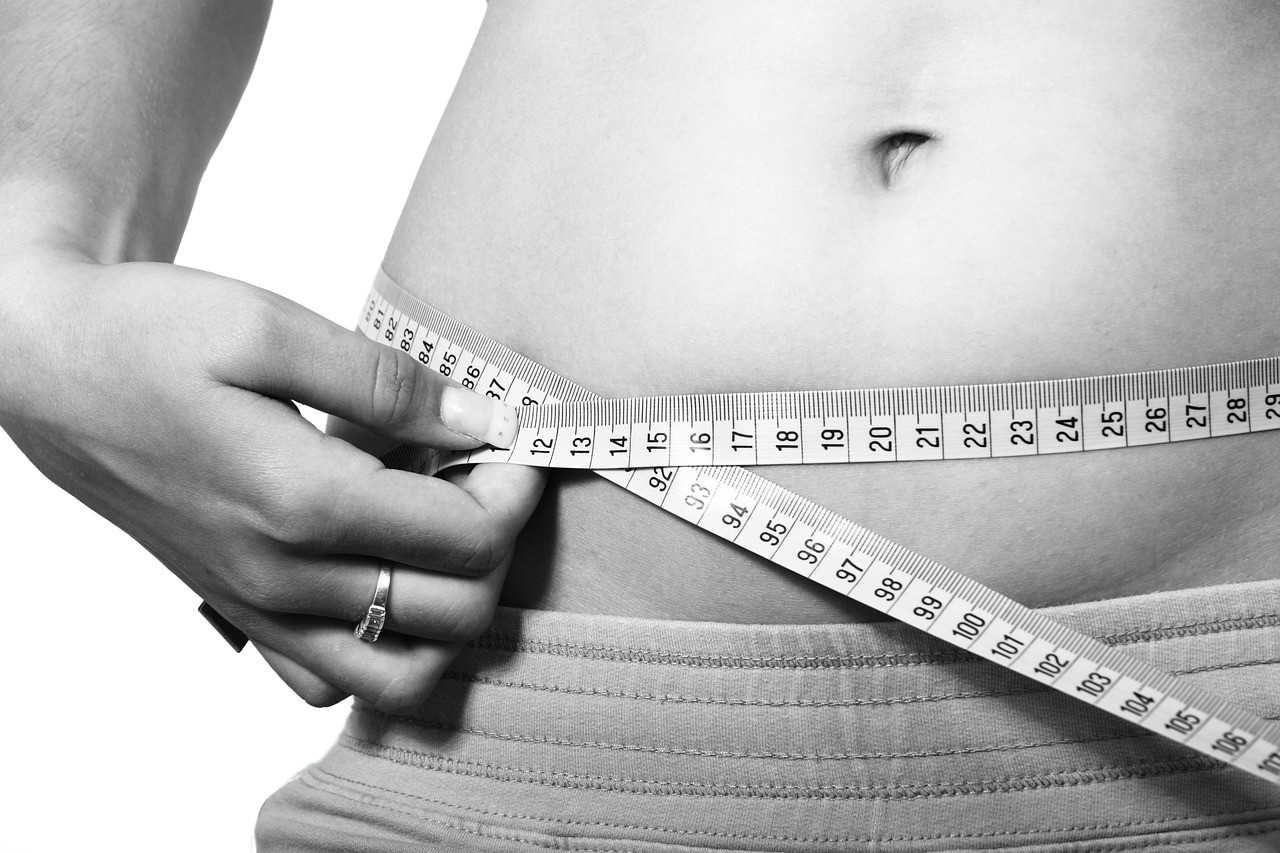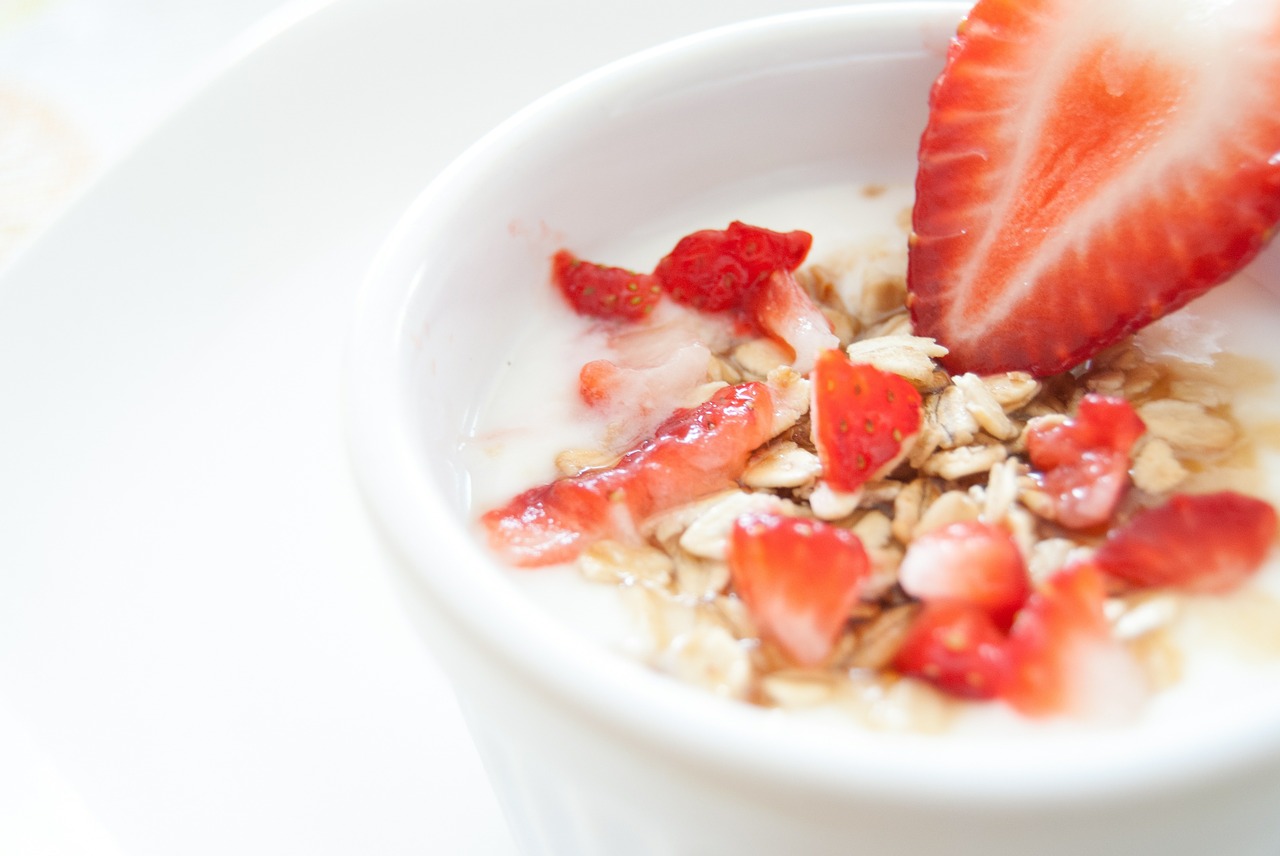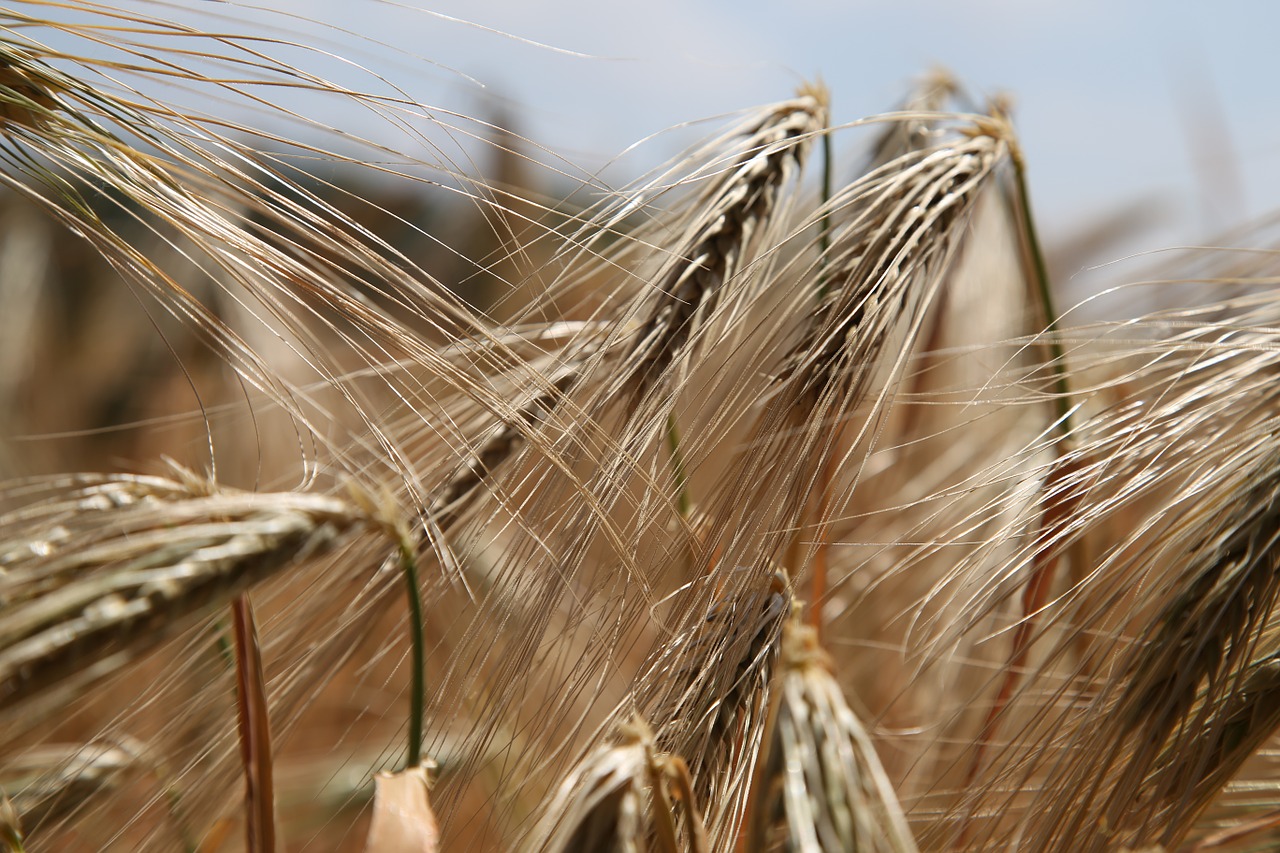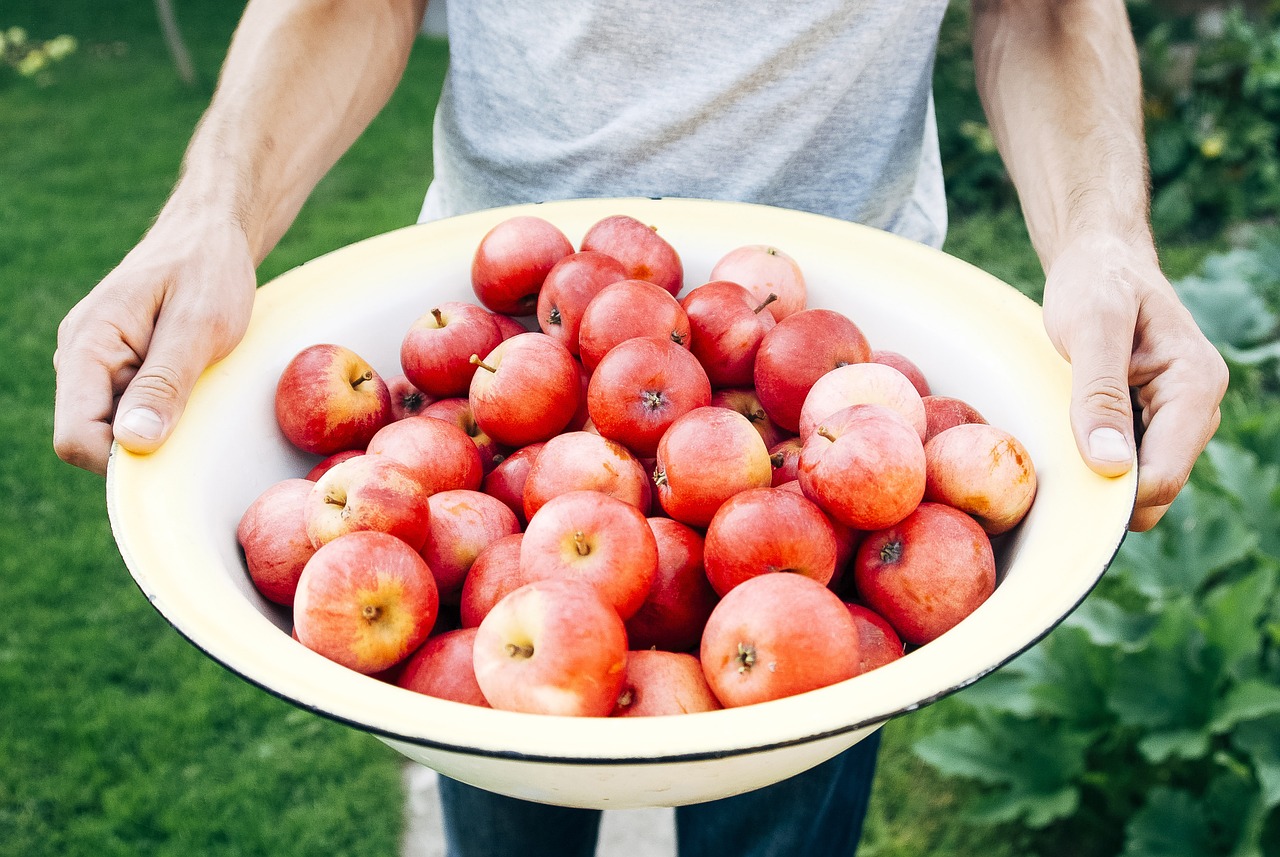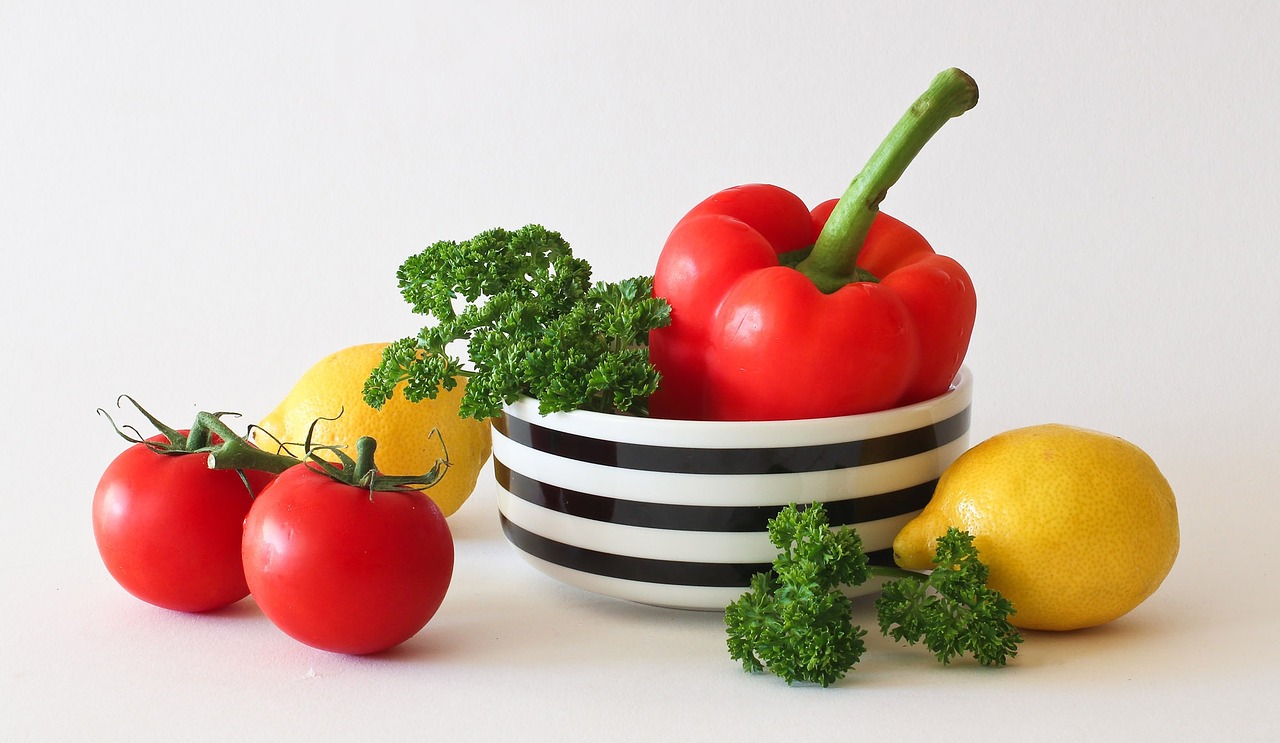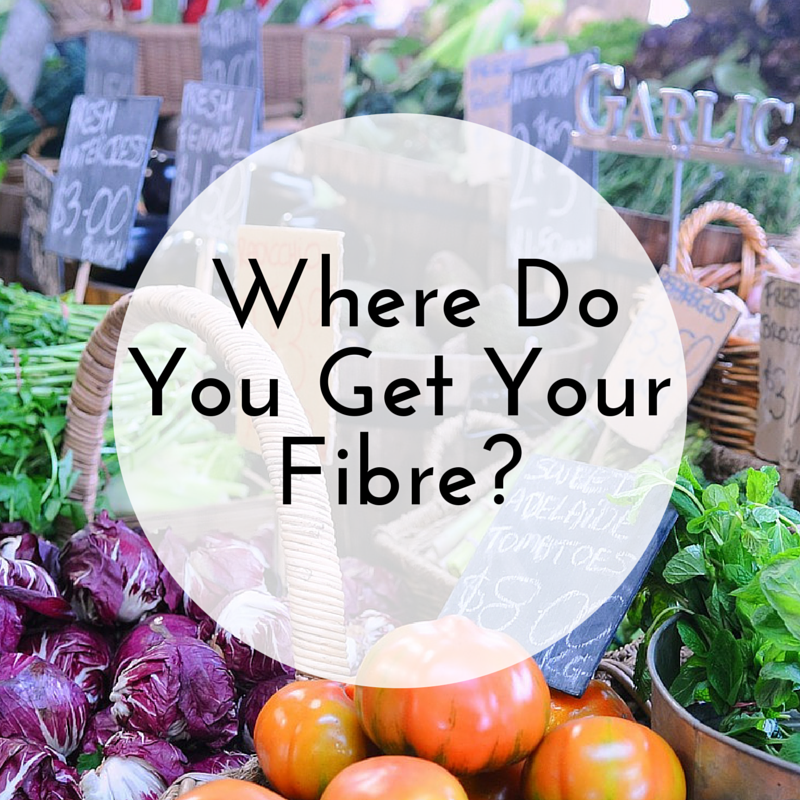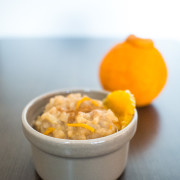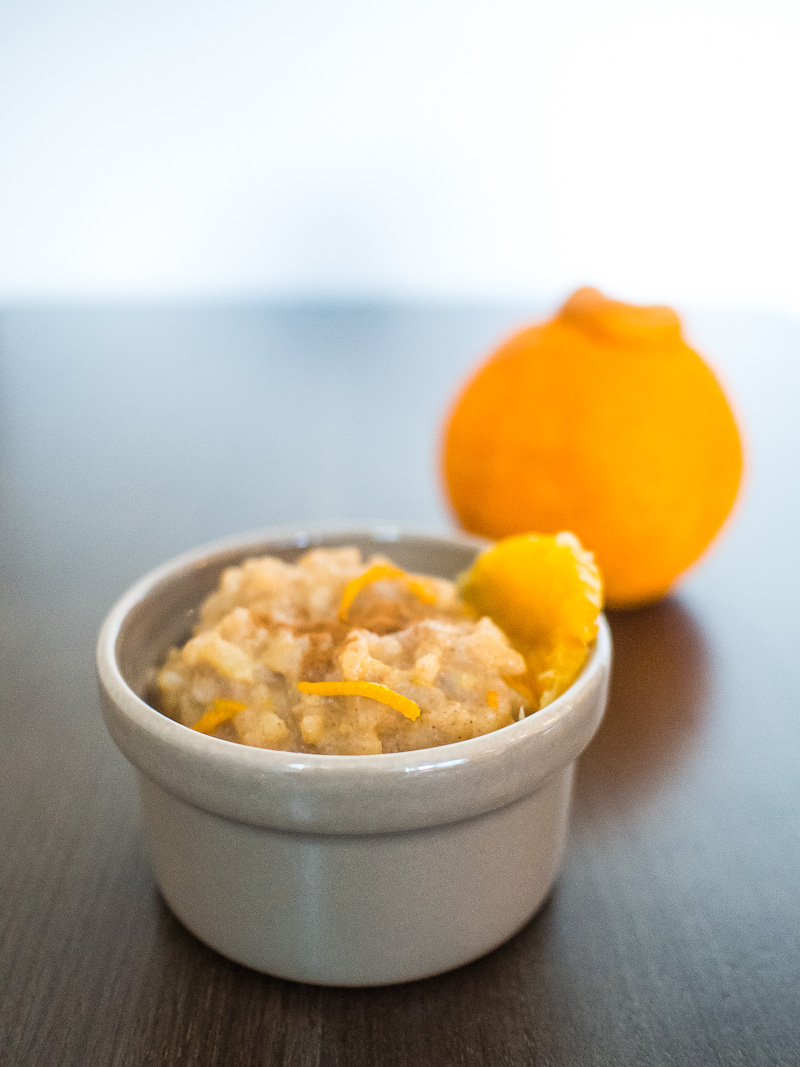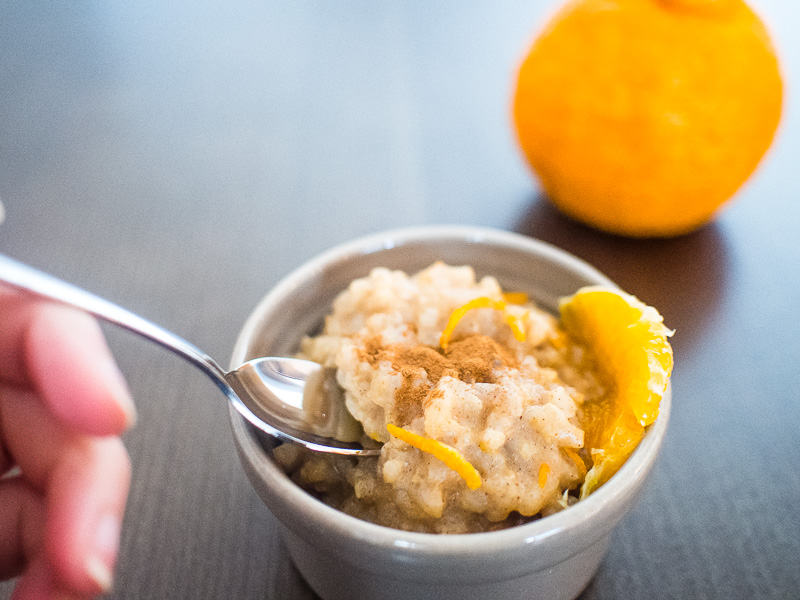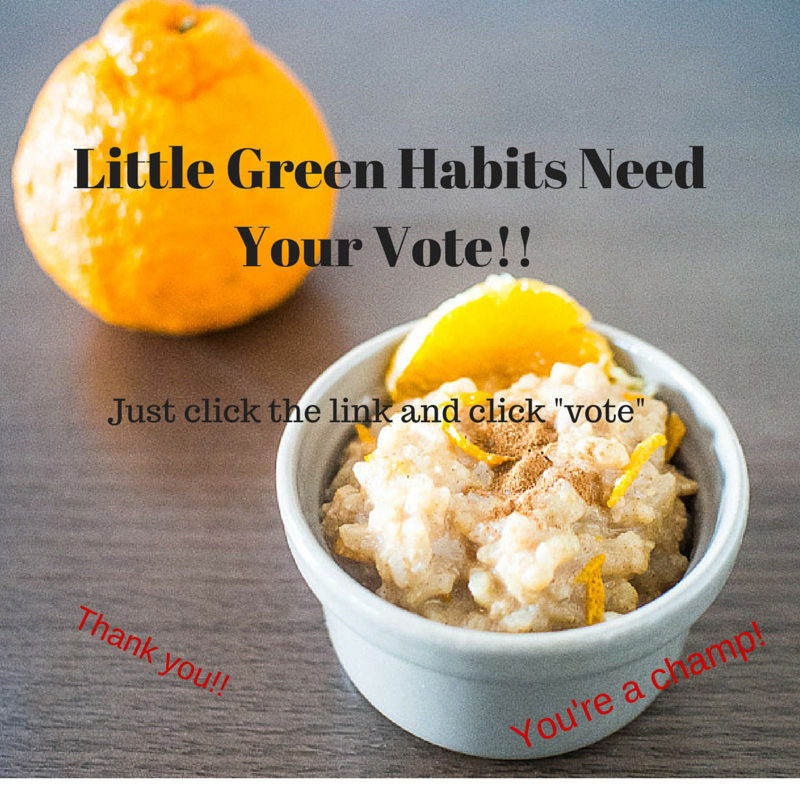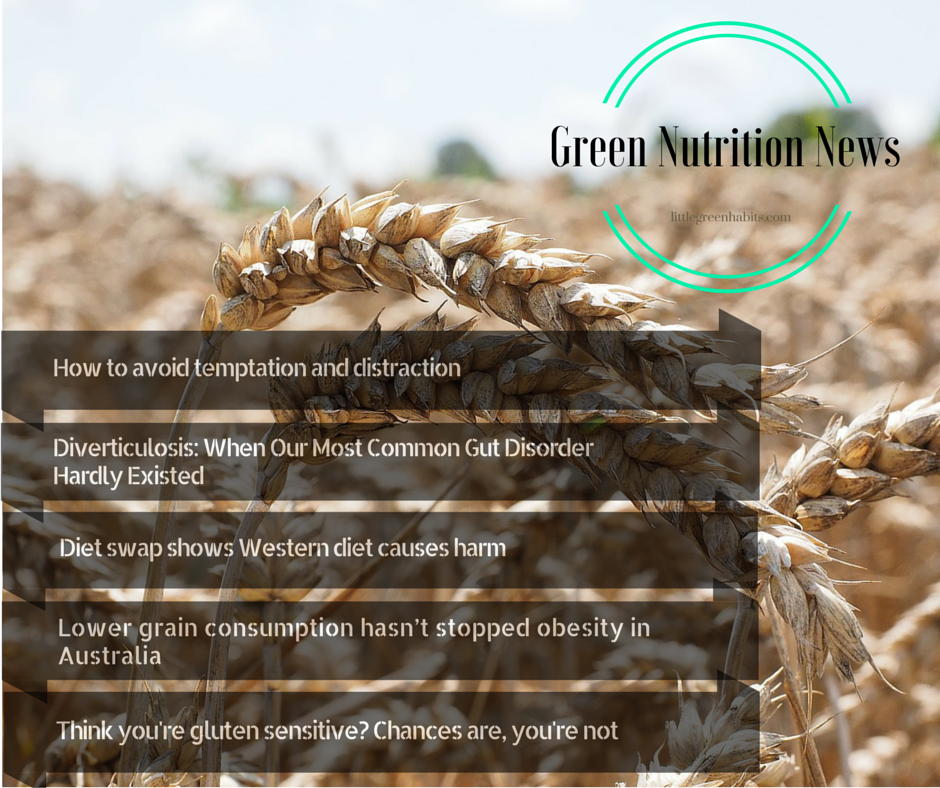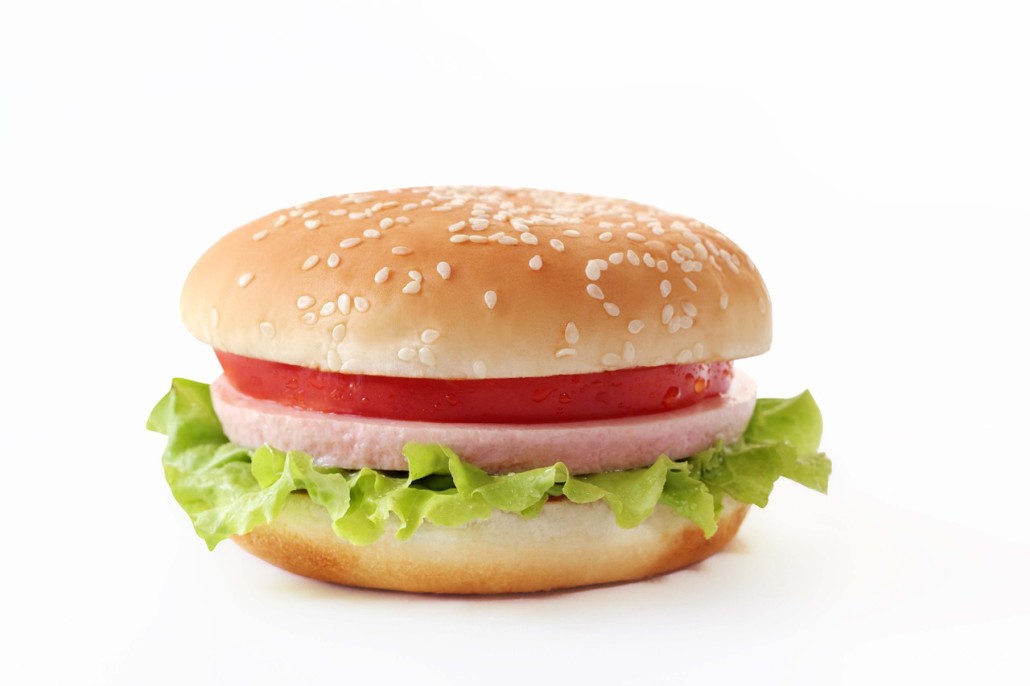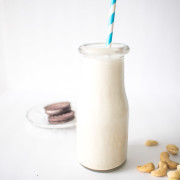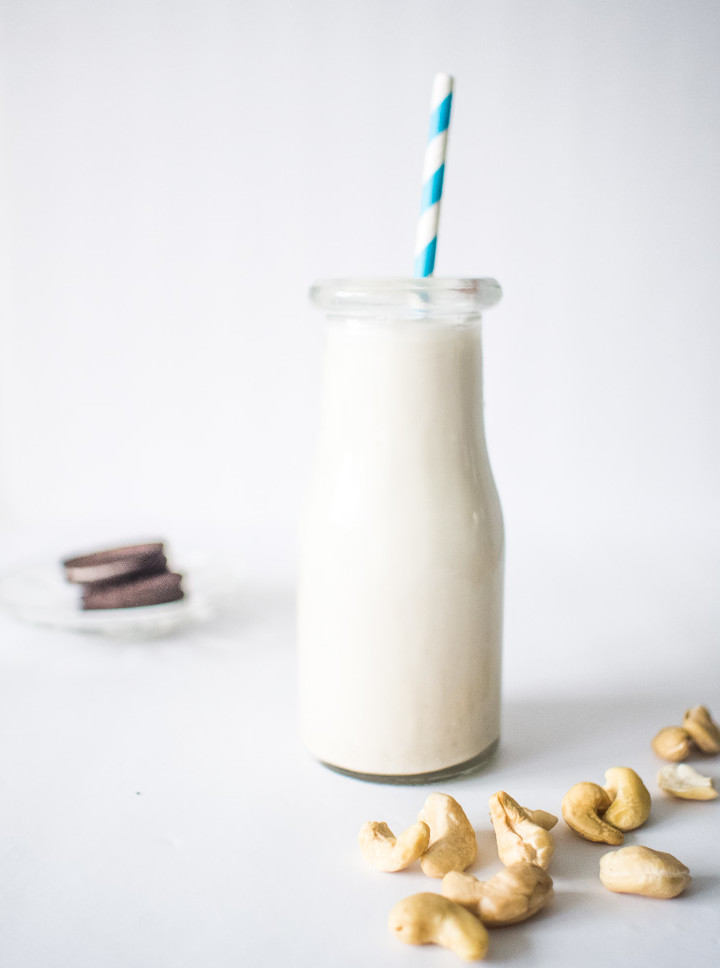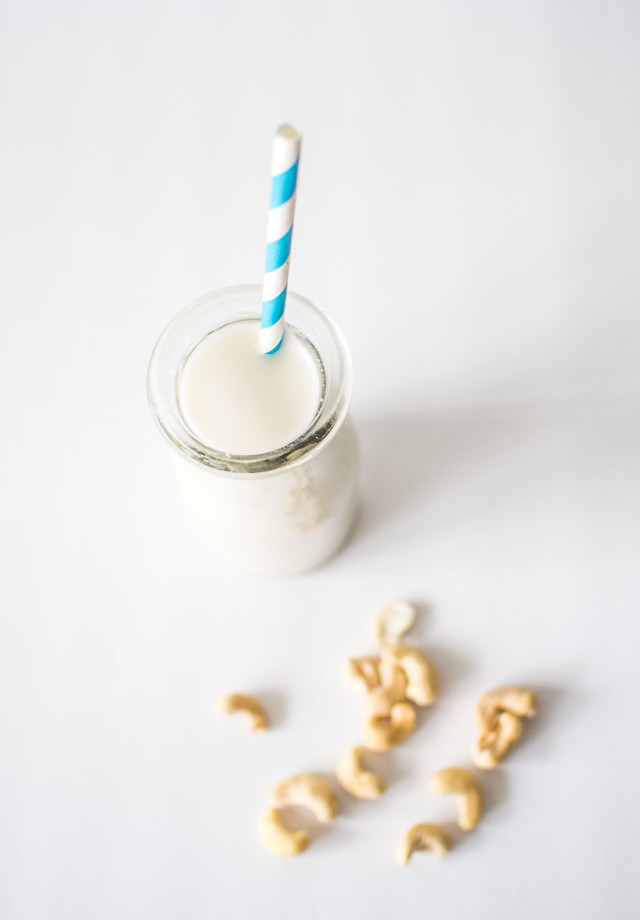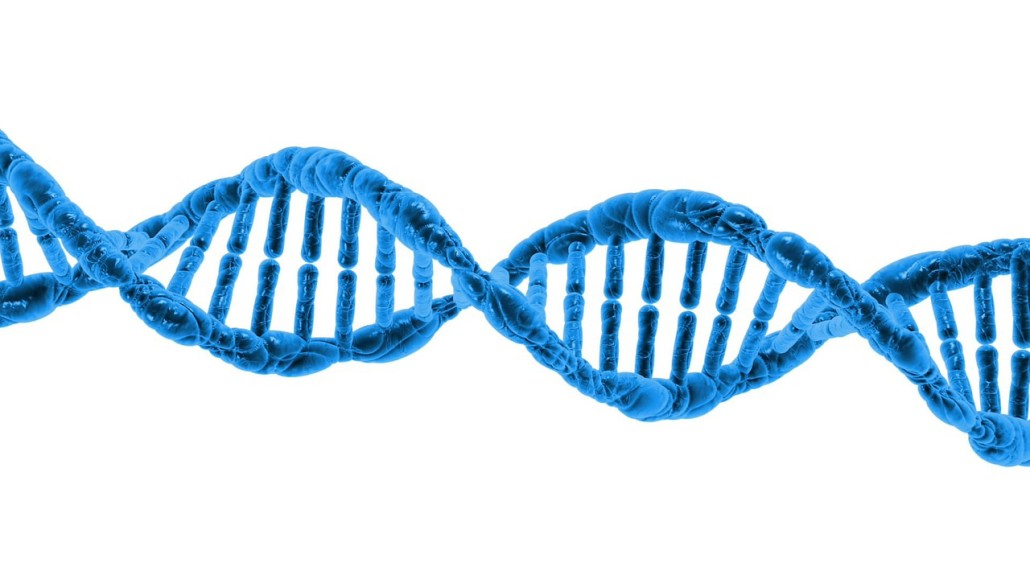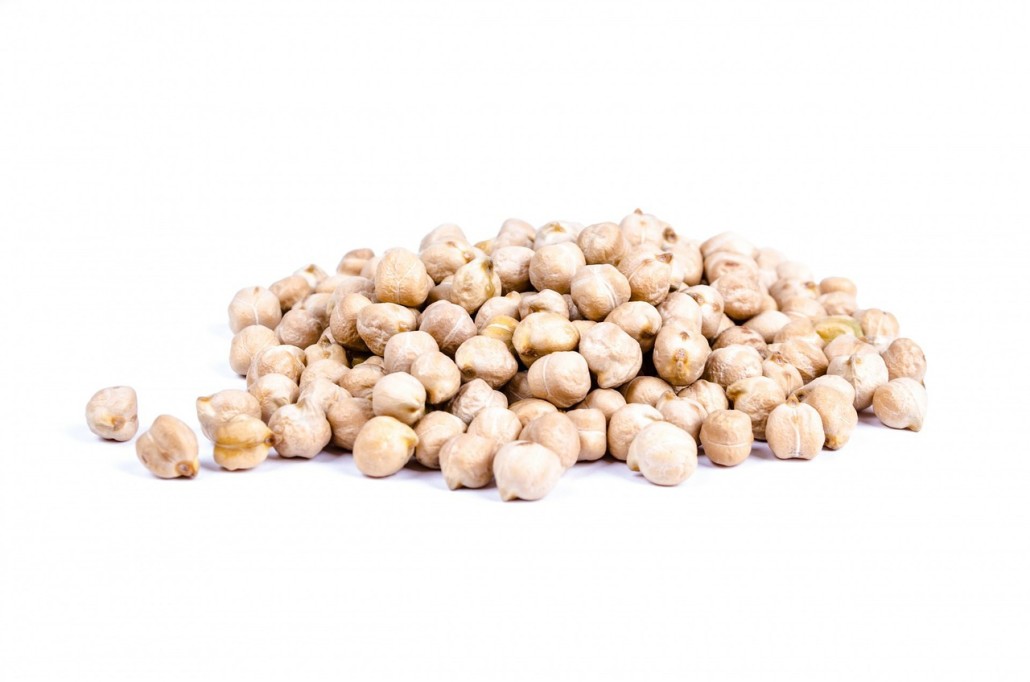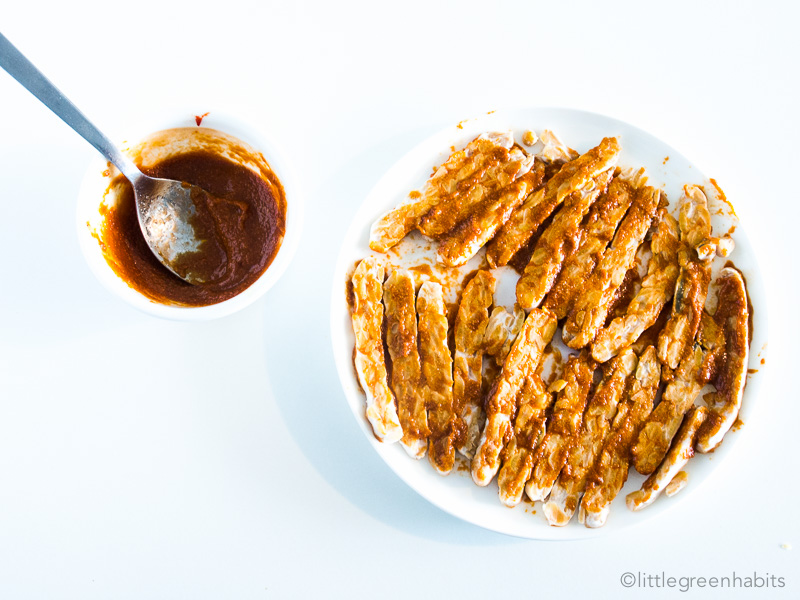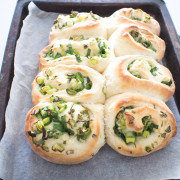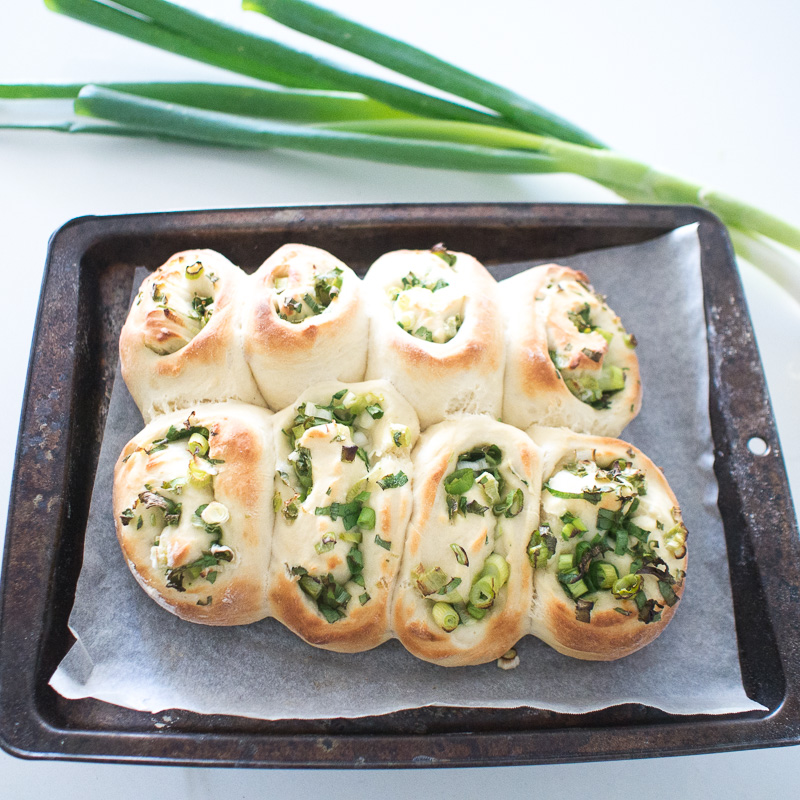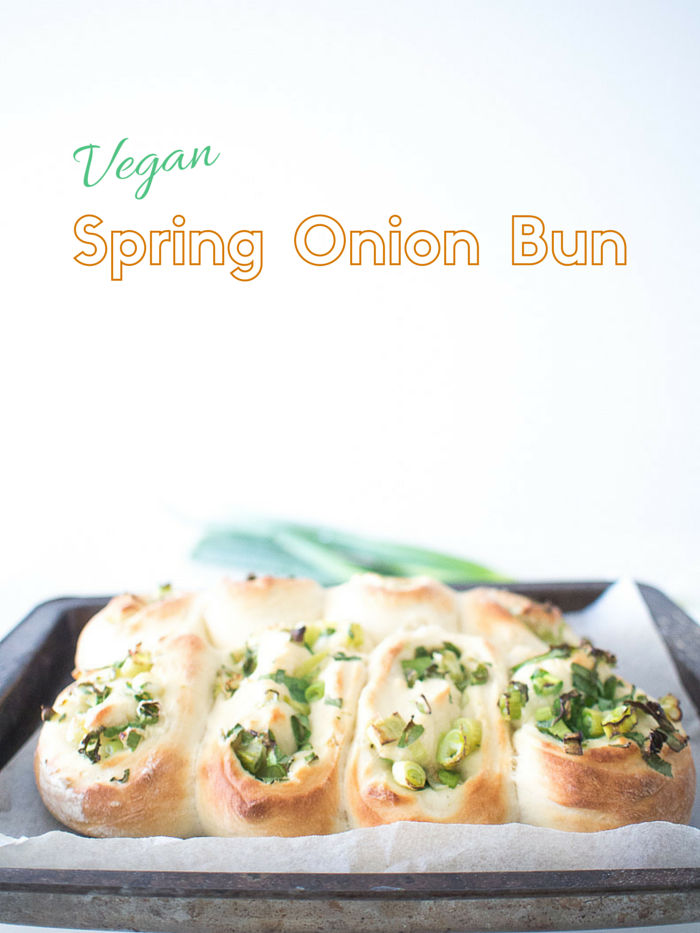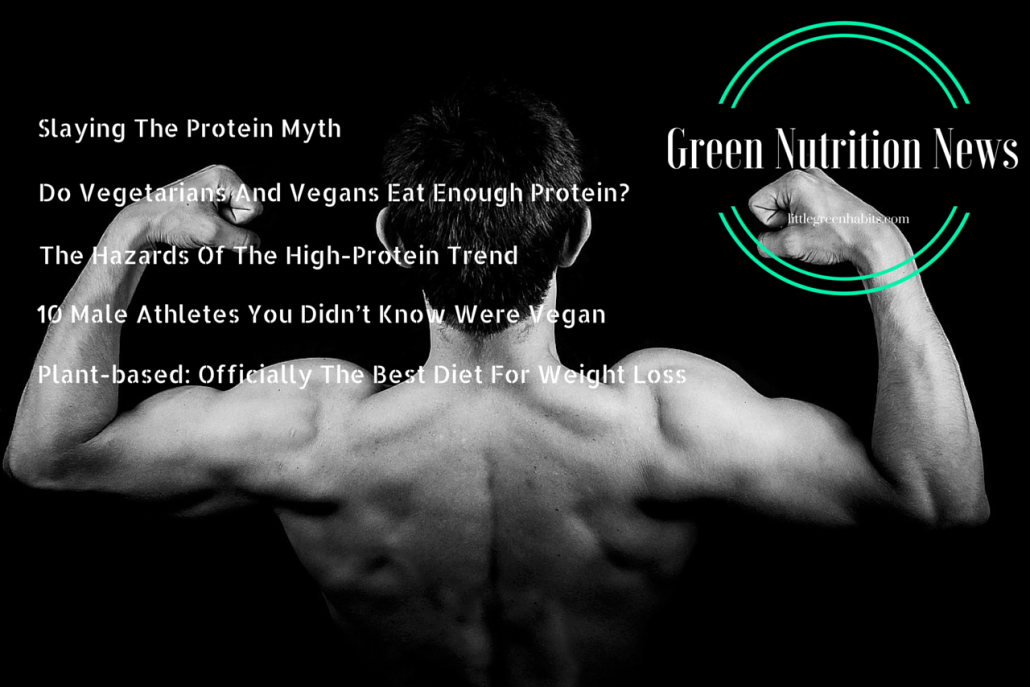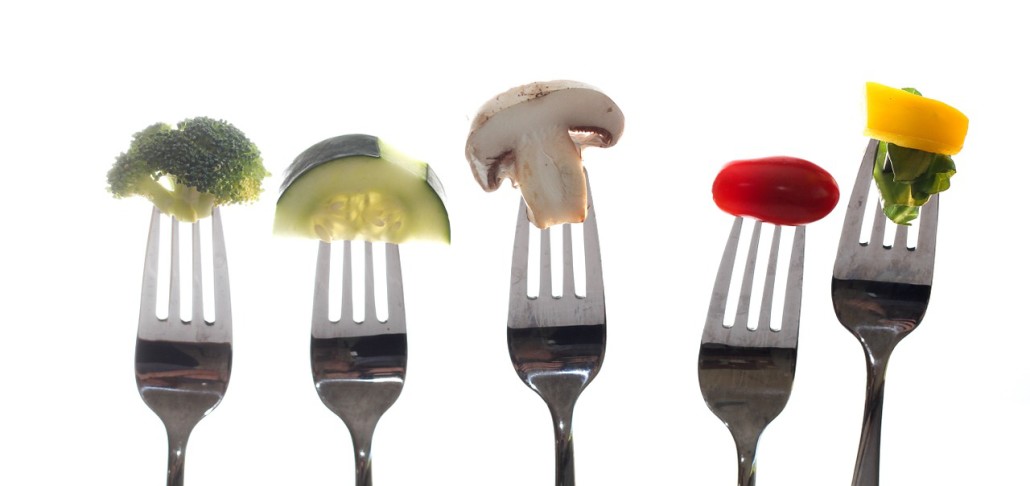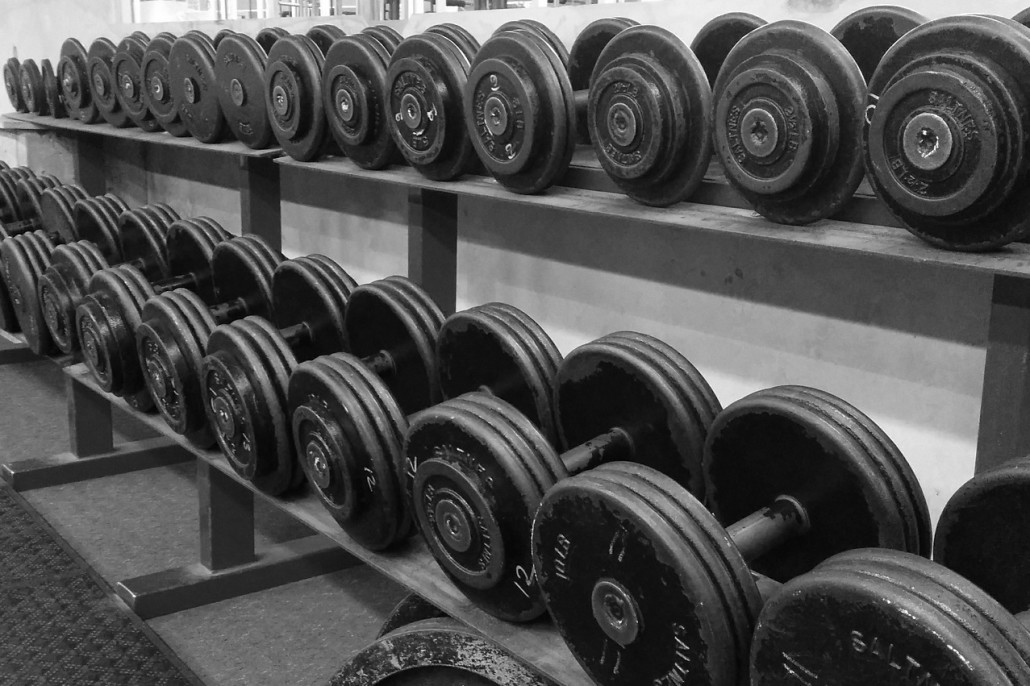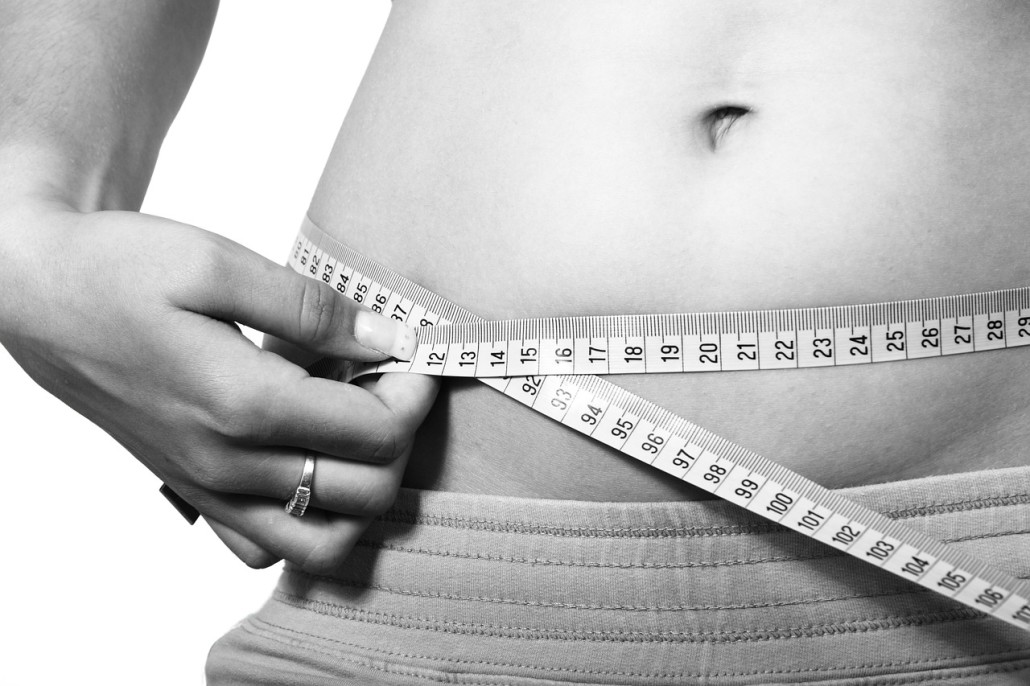Be Kind To Animals Week And What It’s Like To Be A Young Vegan
“The greatness of a nation and its moral progress can be judged by the way it treats its animals.” Gandhi.
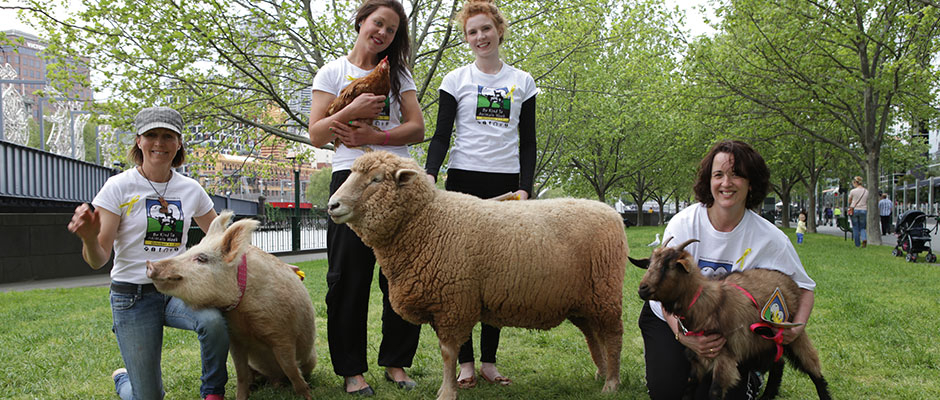
Image courtesy of bekindtoanimalsweek.org.au
Be Kind To Animals Week is happening in Australia this 1 October to 7 October 2015 which coincide with World Animal Day on October 4 as well as the Feast Day of St Francis of Assisi, the patron saint of animals.
This year, Be Kind to Animals Week is launched by Edgar’s Mission farm sanctuary and Think Kind Australia: a multi-award winning website for teachers and parents to find free quality educational resources to promote humane education. Be Kind to Animals Week school competition 2015 asks students to do one act that makes the lives of animals better. It’s about inspiring and empowering students to take positive action for animal welfare and protection – and it’s also a great chance to have fun, build essential critical thinking skills and understand the value of empathy, responsibility and active citizenship in our communities!
So for this month’s inspirational interview, I thought it would be fitting to introduce you to Danae, a young vegan who’s on a mission to make a world a kinder place for the animals.
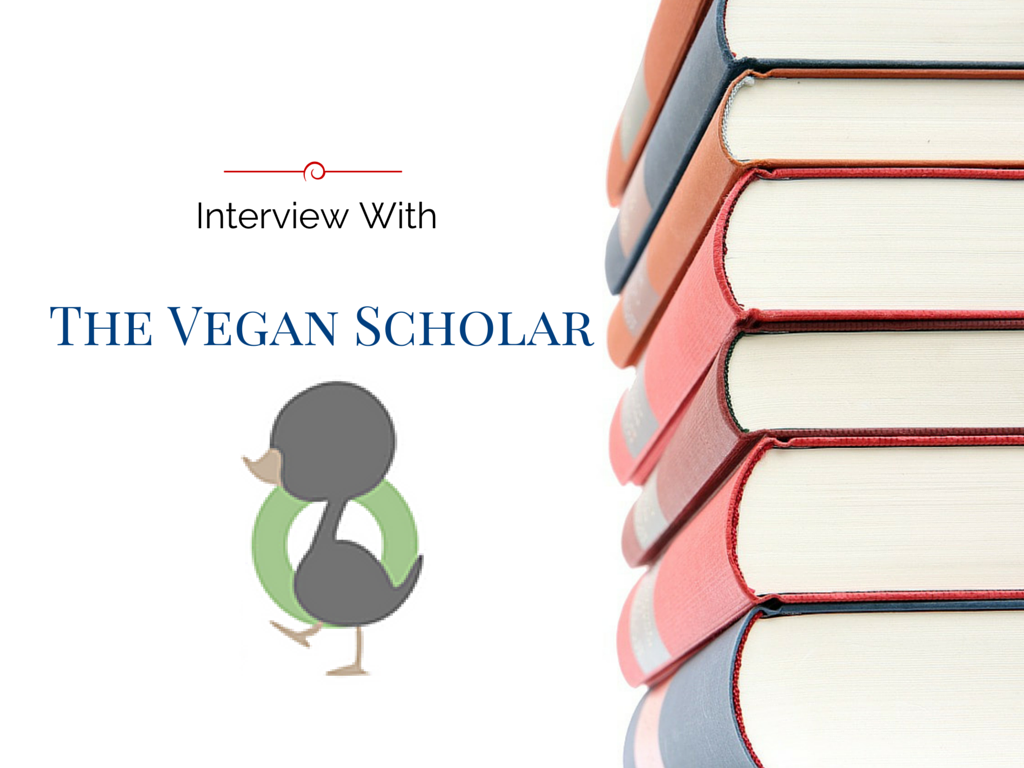
Hi Danae, tell us a bit about you personally and your blog The Vegan Scholar?
Hi! Let me start by throwing you a HUGE thank-you for featuring me on your blog. My name is Danae (A.K.A. The Vegan Scholar), I live in Australia and I’m 20 years old. My interests include reading, writing, film, gaming and animals!
This year I’ll be studying English & Journalism at University – a subject that’s always been a passion of mine. I was studying a different degree last year – 3D modelling and programming – but decided it wasn’t for me and transferred into this new course.
In order to gain experience in the industry and hone my writing skills, I decided to start a blog, but wasn’t exactly sure what to blog about. Eventually I decided on veganism, as it’s a topic I’m very passionate about. I use my blog to provide useful resources for vegans and potential vegans.
How long have you been vegan for and what made you choose to transition to a plant-based lifestyle?
I’ve been vegan since October 2012 and vegetarian since 2000. For as long as I can remember, I’ve loved animals. I could never, ever imagine doing anything to harm one. I grew up around animals and considered them my best friends.
When I was six years old, I watched “Lisa the Vegetarian” – a Simpsons’ episode where, as the title suggests, Lisa becomes a vegetarian (yes, The Simpsons can teach excellent moral messages)! The episode helped me realise where meat really came from – previously, I had no idea it came from animals. We had roast beef that night and although it was my favourite food at the time, I couldn’t bring myself to eat it. I distinctly remember covering the beef in tomato sauce, hoping that would make it easier to eat – but it looked just like blood. I made a quick decision and told my mum I didn’t want to eat meat anymore. Thankfully, she was supportive, and went vegetarian along with me.
As a vegetarian, I never understood veganism. I thought vegans were crazy, and that living without chocolate, cake and ice-cream would be the most difficult thing in the world. How naive I was! (FYI, I still eat plenty of chocolate, cake and ice-cream – just a much healthier, compassionate kind!)
One day,when I was extremely bored, my boyfriend and I were browsing YouTube videos about “How Stuff is Made”. It was then that I clicked on a video about meat production. I wanted to show my non-vegetarian boyfriend why I didn’t eat meat. In the end, the video affected me just as much as it affected him, as the video also included horrific footage of and information about the dairy and egg industries. After being exposed to that terrible truth, I knew I couldn’t contribute to it anymore. So I became vegan.
What was the biggest challenge you face as a young vegan advocating for animal rights?
The biggest challenge by far is dealing with non-vegans. I know very few vegans and vegetarians in real life. Most of my family and friends are meat-eaters. Whether you want it to or not, becoming vegan is going to change your perception of other people, and that can be difficult. It’s so hard to understand why my otherwise loving and caring family don’t seem to care about animal suffering. How can they ignore something that pains me to my soul?
I struggle to talk about my veganism in my daily life, because the mere mention of the phrase seems to ignite anger and hostility in other people. When friends and family ask me about my veganism, I don’t know what to say, because the chance of offending them is so high – and I have a strong aversion to conflict.
Do you have a role model, a source of inspiration or someone you look up to? Can you share this with us?
Anyone who makes an effort to fight for the animals is an inspiration to me – I must say, though, I am a HUGE fan of Vegan Sidekick’s comics and I love Esther the Wonder Pig and her family. I’m also inspired by the owners of C-A-L-F Animal Sanctuary. They struggle a great deal and yet always remain dedicated to their animal residents.
Do you have a favourite quote or mantra that you live by?
Yes! Two, in fact.
The first is a quote that Roald Dahl also lived by. He is one of my favourite authors and I have fond childhood members of reading his books. Here’s the quote:
“My candle burns at both ends, it will not last the night. But ah my foes, and oh my friends, it gives a lovely light.”
I take this to mean that we should make the most of life while it lasts.
The second is self-explanatory:
“If we could live happy and healthy lives without harming others, why wouldn’t we?” – Edgar’s Mission.
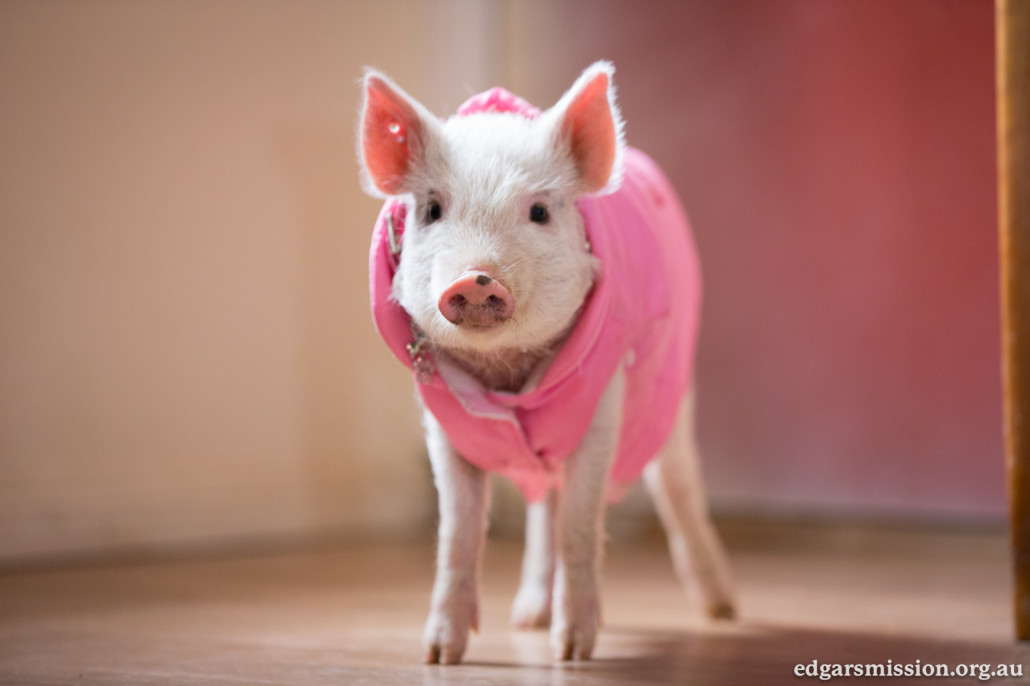
What are your 3 most favourite vegan foods?
A difficult choice… probably mixed seasonal vegetables and tofu with peanut satay sauce, the SFC (Soy Fried Chicken) burger from Zenhouse in Adelaide and homemade apple crumble! Not very healthy choices, I know – but all very delicious! :)
What exciting plans do you have for the future?
I hope to successfully complete my degree and eventually land myself in an enjoyable writing-related career. I want to be healthy and confident. I hope to live in a small house in the hills with my boyfriend and plenty of animals (ideally a few rescued farm animals). I also hope to have further success with my blog and to gain a little more motivation to keep posting regularly!
If you could give young vegans or aspiring vegans one parting piece of advice, what would it be?
At a time in your life when your friendships and relationships are all over the place, at least know that your strong morals and ethics will remain set in stone. Don’t let anyone try to change that. Be yourself, pamper yourself, and keep fighting for freedom and liberation.
Finally, tell us how can we learn more about you and your work?

My blog is available here: http://theveganscholar.blogspot.com
Facebook: https://www.facebook.com/theveganscholar
Twitter: https://twitter.com/theveganscholar
For any feedback or inquiries, please e-mail me at veganscholar@gmail.com :)
Thank you so much for this opportunity. I really enjoyed the interview. Vegan power!
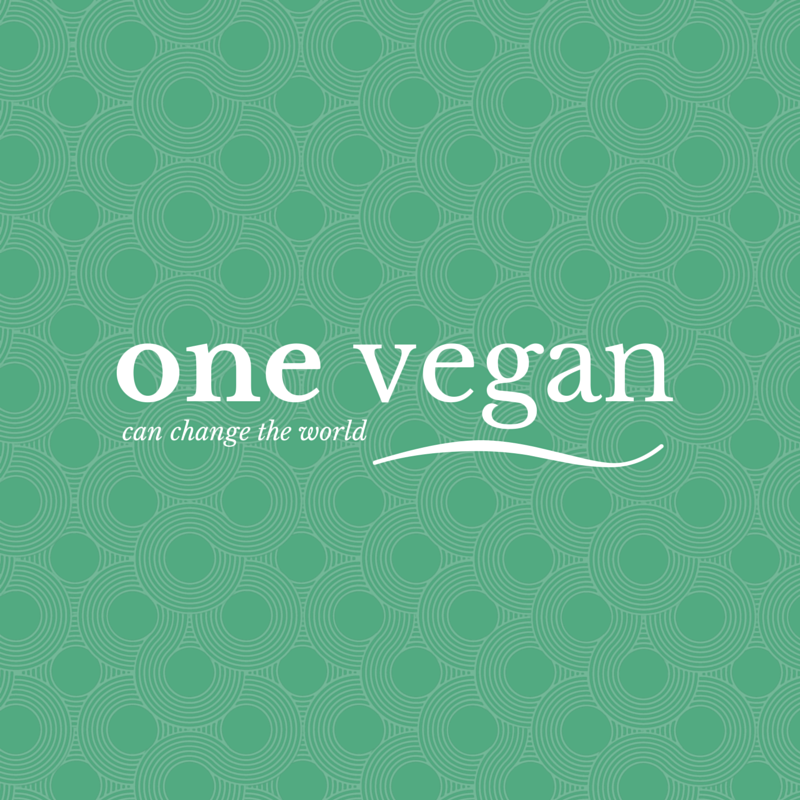
Be Kind to Animals Week invites your school to do one kind act for animals from 1 June to 10 October. The nationwide competition is about inspiring and empowering students to take positive action for animal welfare while having fun, building essential critical thinking skills, and understanding the value of empathy, responsibility and active citizenship in our communities.
To learn more – please visit ThinkKind.Org
Keren x

